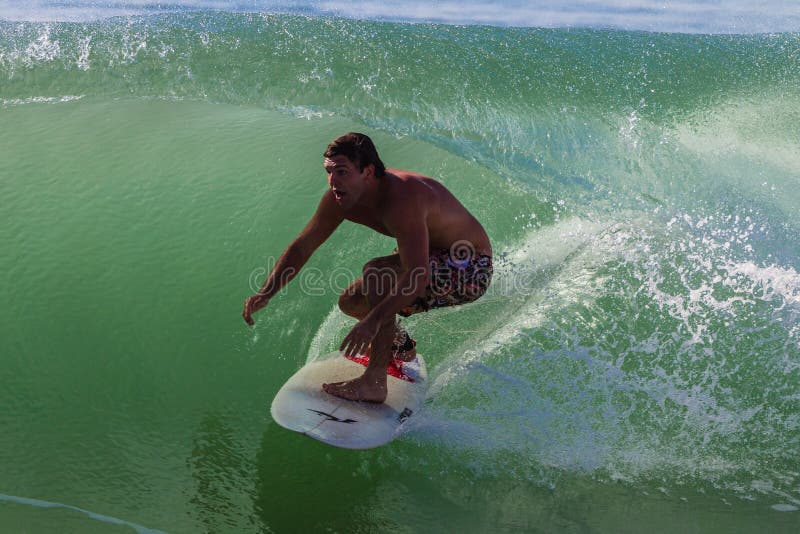
It is composed of three tiers: an annotation client that deals with micro- annotations (i.e. MUCOSA (Music Content Semantic Annotator) is an environment for the annotation and generation of music metadata at different levels of abstraction. The system presents several menus in addition to WaveSurfer’s usual ones as found in transcription panes: ‘Compute beats’ ‘Erase beats from. Individual beats can be subsequently adjusted with the help of the computer mouse by selecting and finely shifting them. Therefore we added the possibility to specify beat times in real time while listening to the sound by simply tapping any of the keyboard’s key. However this task is very time- consuming and error-prone. The user can set manually the time indexes of every beat by simple left-clicks on the computer mouse. Last, but obviously not least, it is extensible through a simple plug-in architecture (note that it is widely used and diverse functionalities are regularly added by researchers in the audio processing community).
Download wavesurfer for mac software#
Then, importantly, this is a multi-platform software and it handles many standard audio file formats.


It is also possible to easily customise the look-and-feel to personal tastes. WaveSurfer has been designed in agreement with common user interface stan- dards and it also provides intuitive keyboard shortcuts for playing, stopping, selecting regions, looping them etc. Data plots are also available, opening the way to easily visualise any relevant data, e.g. This greatly simplifies working with large sound files. The complete sound waveform is displayed at the bottom while (optionally) a separate pane displays solely part of the waveform with additional zooming functionalities. This allows users to easily customize the interface. Collection of panes can be saved as a configuration, that can be applied later to any other sound. Panes (for transcription, data visualisation, etc.) can be dynamically added or removed, they are all time-aligned and display a running cursor while playing. It therefore offers many useful functionalities such as visualisation of waveform, spectrogram, power plots, pitch contour, formant plots, etc. First of all, WaveSurfer’s typical applications are sound analysis and annotation/transcription. 1 We found diverse reasons to build a rhythmic annotation system on top of it. WaveSurfer was initially developed as an open source software for speech research at the Department of Speech, Music and Hear- ing at the Royal Institute of Technology in Sweden.

Figure 1 gives an illustration of one possible configuration for the system and the result of the annotation of three metrical levels. Some functionalities are available in WaveSurfer (common sound editing) and others have been added (beat tracking and database connections). section details in diverse use cases the diverse functionalities offered by the system.


 0 kommentar(er)
0 kommentar(er)
